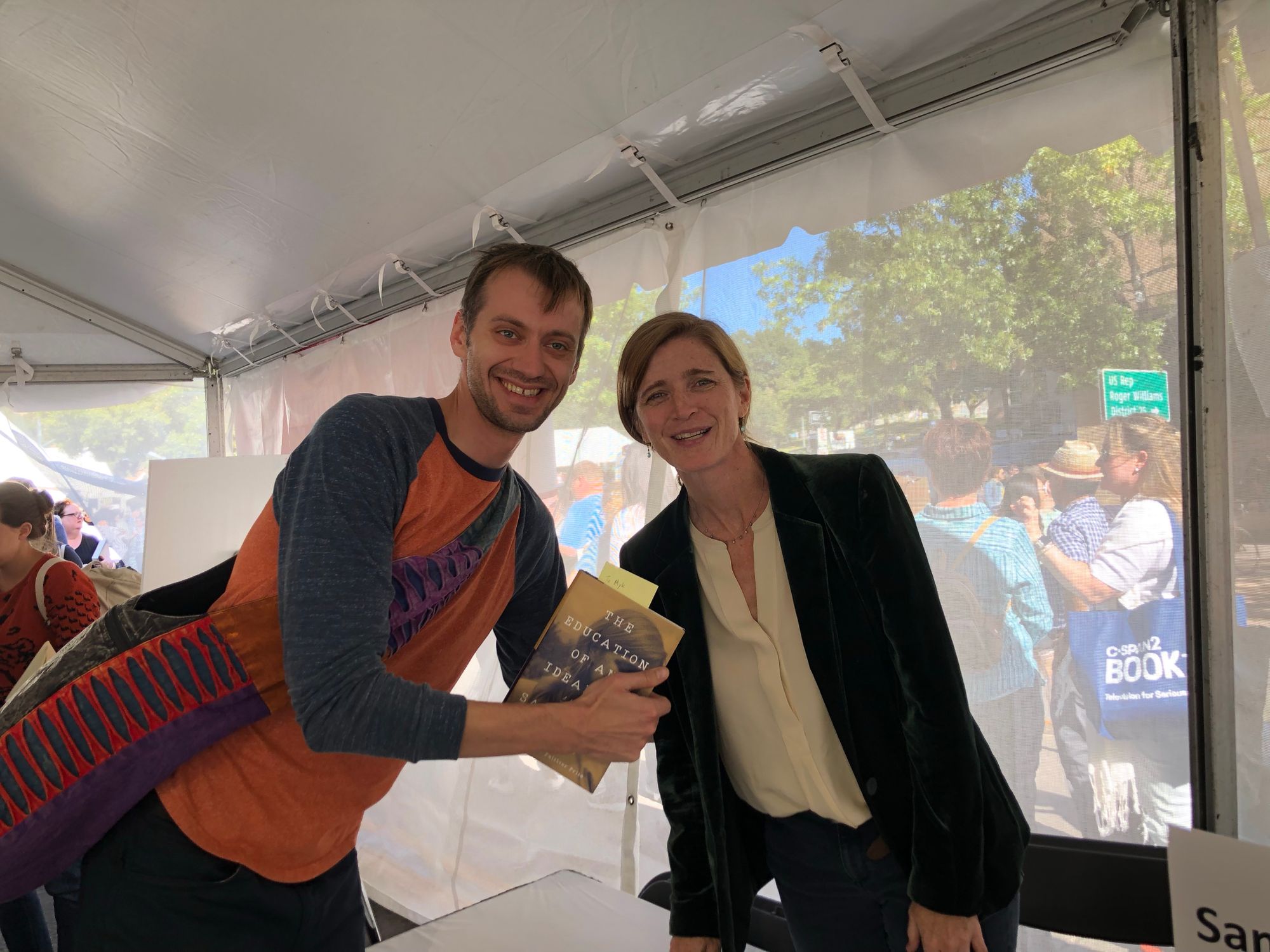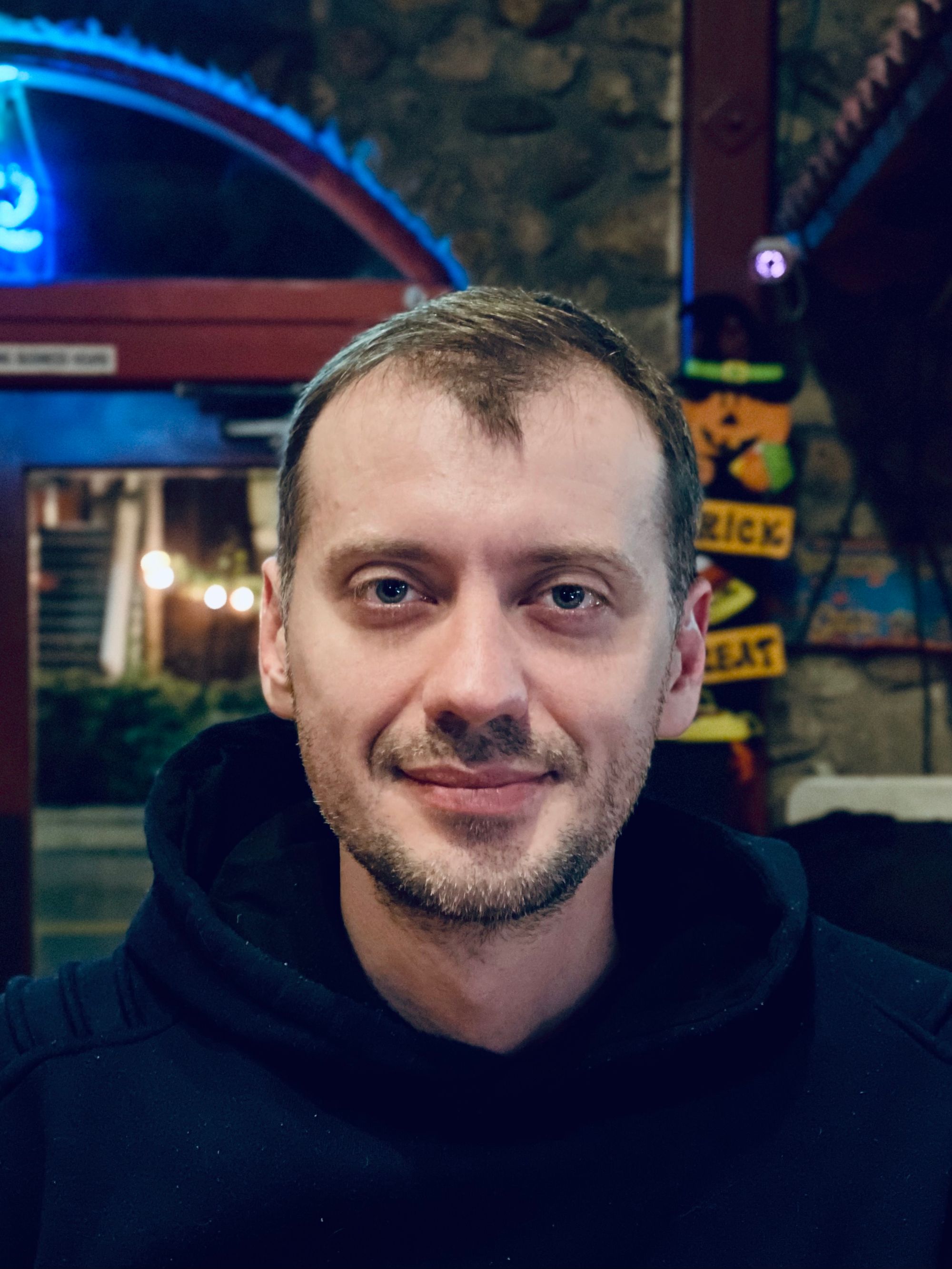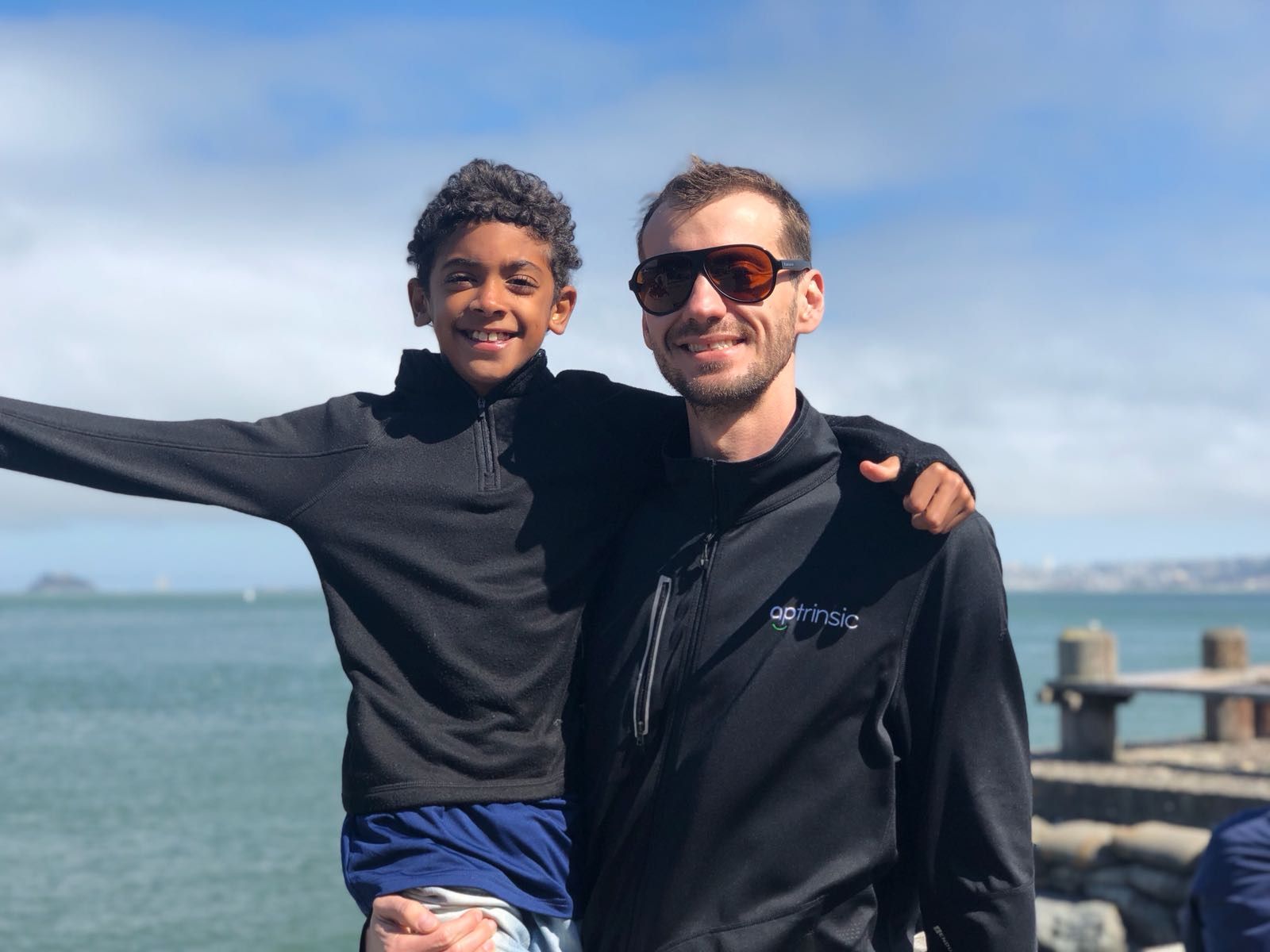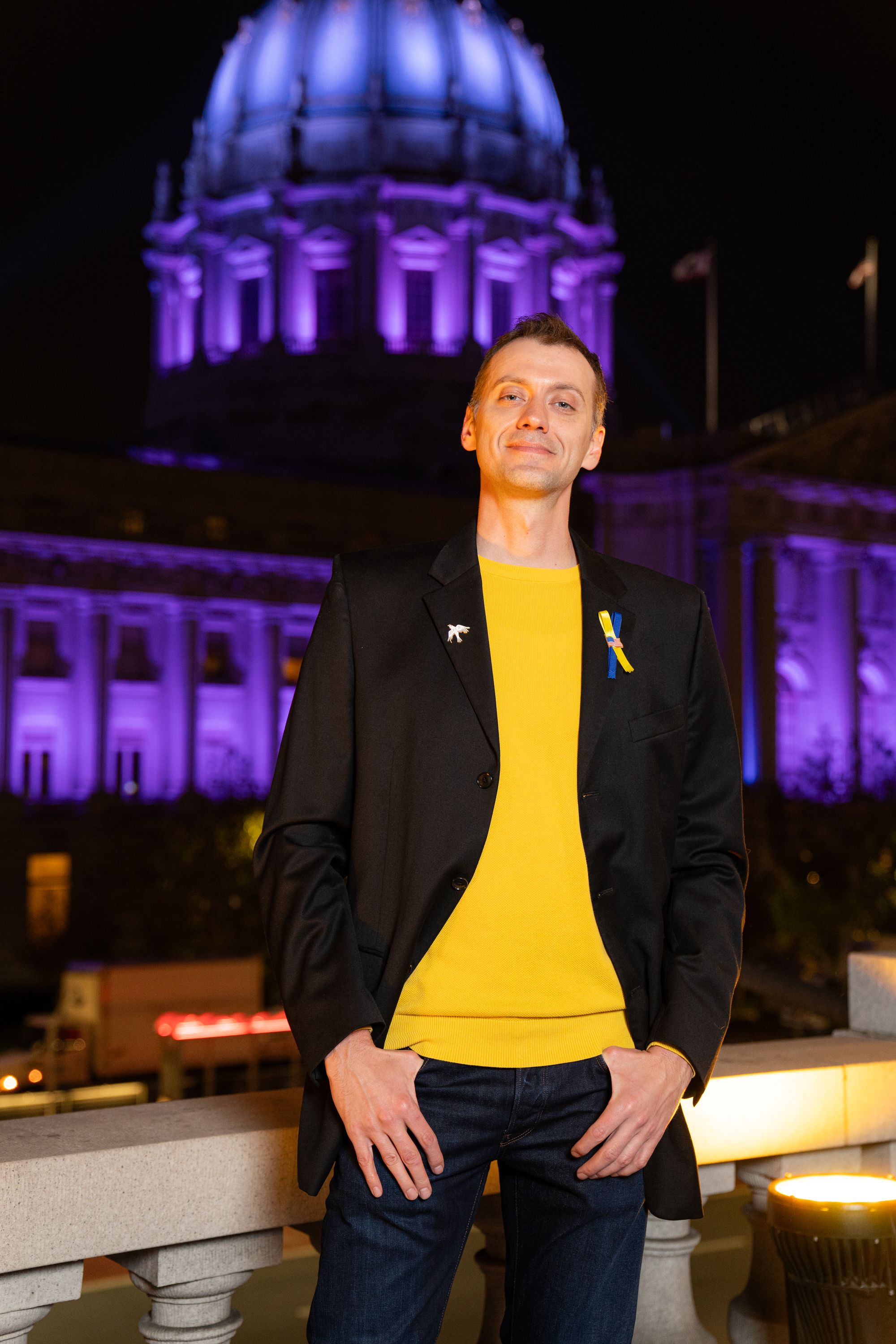About

Welcome, and thank you for visiting!
Profile
I'm a product management, product-led growth (PLG), product marketing, and go-to-market (GTM) leader, entrepreneur, strategist, consultant, and author with over 15 years of experience building, managing, and growing enterprise (SaaS) and consumer products.
My mission is to help teams build, market, and grow products people love.
My in-depth essays on product growth, marketing, and go-to-market strategies have been read over 1.5 million times.
Principles to Live by – a personal collection of principles I aspire to follow.
Start Reading Here:
- The Marketing Playbook includes in-depth essays on Ideal Customer Profile (ICP), brand story and strategic communication, content strategy, tracking customer acquisitions, nurturing, freemium vs free trial vs hybrid models, competitive analysis, and marketing/segmentation campaigns.
- [course] How to Conduct Customer / Prospect Interviews [now on Youtube]
- Product-Led Strategy: How to Deliver Personalized Experience with Product-Led Go-to-Market Strategy
- Mediafication: How Media Rewires The World
- Product Management / GTM 101
Beliefs (or Principles for Effective Teams):
- Vision-driven. I believe in a vision-driven product strategy. Start with WHY, then develop HOW and WHAT (more: Start with Why by Simon Sinek).
- A Plan is Not a Strategy. Strategy is an integrated set of choices that positions you on the playing field of your choice in a way that you win. Strategy is a theory of WHY we should be in this market, and here is HOW we will be better than anybody else in serving the customers in the selected market. It must be coherent, doable, and translated into actions. Strategy is a bet, and it's not guaranteed. Planning is just a list of things we plan to do (more: A Plan Is Not a Strategy).
- Focus on customers and their experiences. Focus on customers and their experiences, and the outcome (KPIs/OKRs/goals) will take care of itself (to paraphrase Bill Walsh from The Score Takes Care of Itself).
- Customers are always right unless they're wrong. Customers can tell you about problems/needs/wants, but it's your (company's / product leader's) job to develop optimal solutions. Customers are often wrong.
- Data-Informed over Data-Driven. The most effective leaders/teams are making data-informed rather than data-driven decisions. Current data shows your past strategies, but new strategies are challenging to define with old data (more: Decisions Over Decimals by Frank, Magnone, Netzer).
- Think in Probabilities. Use probability as an expression of confidence to keep your mind open to changing environments or new data. For example: "I'm 75% confident that this new feature will be used by over 30% of the customers in the first quarter." (more: Thinking in Bets by Annie Duke and Superforecasting by Tetlock and Gardner)
- Go-to-Market Motion. An effective product leader/team must understand all aspects of a go-to-market strategy, including marketing, growth, sales, consumer-centric design, customer success, and support.
- Outcomes and Outputs. Focus on customer outcomes when it comes to planning but also on outputs when it comes to processes and product experimentation. When deciding what to build, focus on the outcomes you want to drive. But when you are going through the process of building, focus on outputs and following the process. For example, great product teams fail about 70-90% of product tests/experimentations. Therefore, it's better to focus on experimentation methodology, process, and frequency instead of the outcome of each test.
- Trade-offs and Opportunity Costs. Effective product leaders/teams understand product trade-offs. What you don't do is as important as what you do. Removing features/functionality is as important as adding.
- Do the right things over Doing things right. Focus on essentials (essentialism) and determine how to get the right things done. It doesn't mean getting more things done, and it doesn't mean doing less. It is about making the wisest possible investment of your time and energy in order to operate at our highest point of contribution by doing only what is essential (source: Essentialism: The Disciplined Pursuit of Less by Greg McKeown and The Essential Drucker or The Effective Executive by Peter Drucker).
- SPEED is a competitive advantage, including the velocity of decision-making. Teams/Leaders must optimize for quick, effective decision-making processes to ensure agile product discovery and delivery. A good decision today is better than a great one a year from now. Indecision can kill projects, teams, morale, and companies. Most decisions should be made with around 70% of the information you wish to have (more: What Sets Successful CEOs Apart).
- Disagree, Debate then Commit. Great teams discuss, challenge, and disagree respectfully. And when the decision is reached, we fully commit (more: The Amazon Way by Rossman).
- DONE is BETTER than Perfect. Effective leaders/teams are biased toward action. As previously stated, indecision can be deadly. Uncertainty is never eliminated. Understand whether it is a one-way or two-way door decision. Being vaguely right is better than being precisely wrong. Building great products is not a precise science. Yet neither is it random guesswork.
- A problem well stated is a problem half-solved. Context is one of the most essential parts of understanding the problem, data, and customers. "We fail more often because we solve the wrong problem than we get the wrong solution to the right problem." – Russell L. Ackoff.
- Foster leadership on your team with the Leader-Leader model. Everyone is a leader. Leadership should mean giving control rather than taking control and creating leaders rather than forging followers. Give control over what people work on and how they work by relinquishing control while maintaining responsibility, nurturing competence, and establishing clarity (source: Turn This Ship Around! by L. David Marquet).
Expertise:
I have experience in all aspects of product management, product-led growth, marketing, and go-to-market strategy:
Customer:
- Conducting customer and prospect interviews
- Developing Ideal Customer Profile (ICP)
- Designing customer journey, experience, and flows
Story, Positioning, and Strategic Messaging:
- Building Brand Story, positioning, and strategic/product messaging
Customer Acquisition/Growth Strategy:
- Structuring Freemium, Free trial, and Hybrid customer acquisition models
- Crafting sign-up, onboarding, and nurturing experiences
- Establishing customer funnel/experience metrics and KPIs
- Outlining pricing strategy and trade-offs
Content and Growth Strategy:
- Outlining content strategy and distribution
- Utilizing content in the customer lifecycle
Product Management / Leadership
- Setting product vision and strategy, roadmap, and prioritization frameworks
- Establishing product experimentation strategy, systems, and processes
- Designing customer lifecycle stages: acquisition, adoption/onboarding, and retention
Consulted / Advised:
- Consulted and advised 20+ companies focusing on growing SaaS/enterprise/subscription products with effective product-led growth, marketing, and go-to-market strategies.
- Clients: Google (Hire), Smartcat, Callfire, Trust Wallet (acq. by Binance), Metadata, Respondly (acq. by Buffer), Datanyze (acq. by ZoomInfo), Apteligent (acq. by VMWare), PandaDoc, Social Capital, Civic.com, Genesys, and others.
Founded (CEO/CPO):
- Demand7
- Publishnow.co [YouTube Demo]
Experience:
(recent) Director of Product Management, Growth/Acquisition (DTC and Partner API) at Achieve
Results / Outcomes (Q1'2023 vs. Q1'2022):
- Turned around the paid channel from negative to positive margins: elevated ROI from -19% to 57%.
- Raised pre-qualification flow conversion rate by 46% from 15% to 22%.
- Grew Offer Take Rate by 40% from 30% to 42% and Lead-to-Close rate by 23% from 3.4% to 4.2%.
- Increased Margin per Unit for personal loans by $1,800 or 264%.
Let's Connect:
- YouTube: GTM_Institute and Myk Pono
- Subscribe to my newsletter
QUICK BIO:
- Born in Dnipro, Ukraine
- Arrived in Boston, MA in 2004
- Graduated from Kansas State University (Major: Marketing; Member of Track & Field team)
- Rejected by Wharton in 2011 during the interview process.
- Lived in Cambridge/Boston, MA 2008-2014
- Now live in San Francisco, CA (Twin Peaks)
Interests: startups, technology, marketing, psychology, media, politics, and reading (what I read).
Ten Books Everyone Should Read:
- The Demon-Haunted World: Science as a Candle in the Dark by Carl Sagan
- Amusing Ourselves to Death by Neil Postman
- The Selfish Gene by Richard Dawkins
- Thinking Fast and Slow By Daniel Kahneman
- The Art of Learning by Josh Waitzkin
- Daring Greatly by Brene Brown
- The Grand Design by Hawking & Mlodinow
- The Art of Loving by Erich Fromm
- Letting Go: The Pathway of Surrender by David R. Hawkins
- Atomic Habits by James Clear
Extra:
- The Elements of Style by William Strunk Jr.
- Predictably Irrational by Dan Ariely
- How Buildings Learn by Stewart Brand
- The Economy of Cities by Jane Jacobs
- Living with Complexity by Donald Norman
- Self-Reliance (essay) by Ralph Waldo Emerson
- When The Breath Becomes Air by Paul Kalanithi
- Notes on the Synthesis of Form by Christopher Alexander
Favorite Books on Leadership:
- Turn the Ship Around!: A True Story of Turning Followers into Leaders by L. David Marquet
- The Score Takes Care of Itself: My Philosophy of Leadership by Bill Walsh, Dick Hill.
- Start with Why: How Great Leaders Inspire Everyone to Take Action by Simon Sinek
- Dare to Lead by Brené Brown
- The Effective Executive, The Essential Drucker, Drucker on Leadership by Peter Drucker (Peter Drucker is a must-read for everyone who wants to become a professional).
- Only the Paranoid Survive: How to Exploit the Crisis Points That Challenge Every Company by Andy Grove
Things I like:
- Favorite movies: Pulp Fiction, Chinatown, Fight Club, Vertigo, Falling Down, Full Metal Jacket, Wonder Boys... (I track and rate every movie I watch)
- Favorite countries to visit: Japan, Italy
- Favorite writers: Carl Sagan, Christopher Hitchens, Richard Dawkins, Sam Harris, Aldous Huxley, Marshall McLuhan
- Favorite bands: The Doors, Morcheeba, Parov Stelar
- Favorite books: Check out the list of books I read and my ratings




